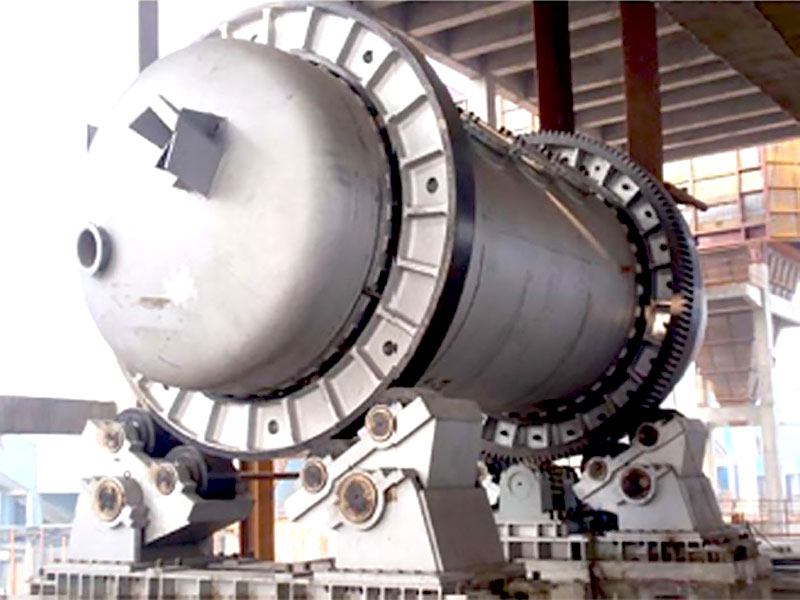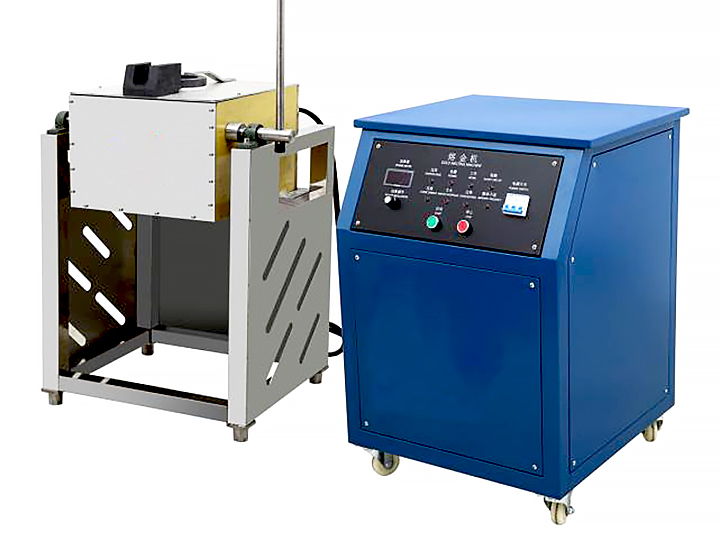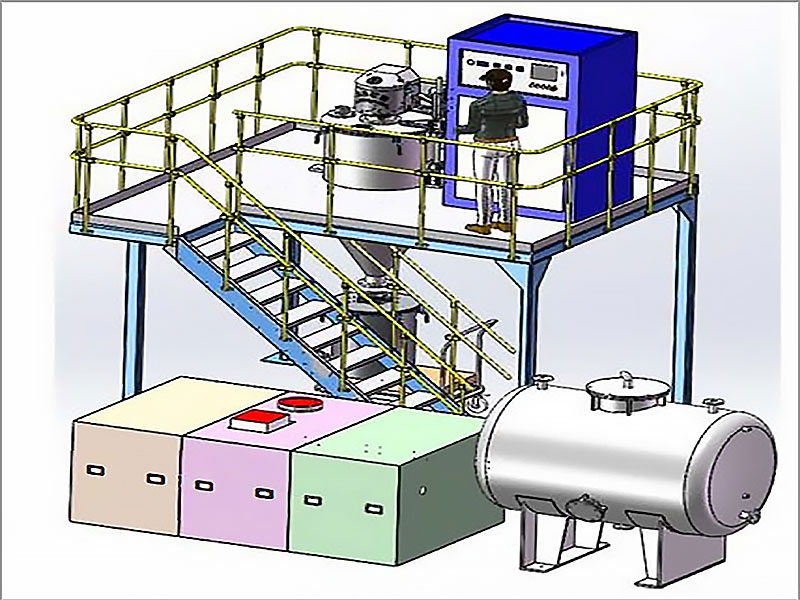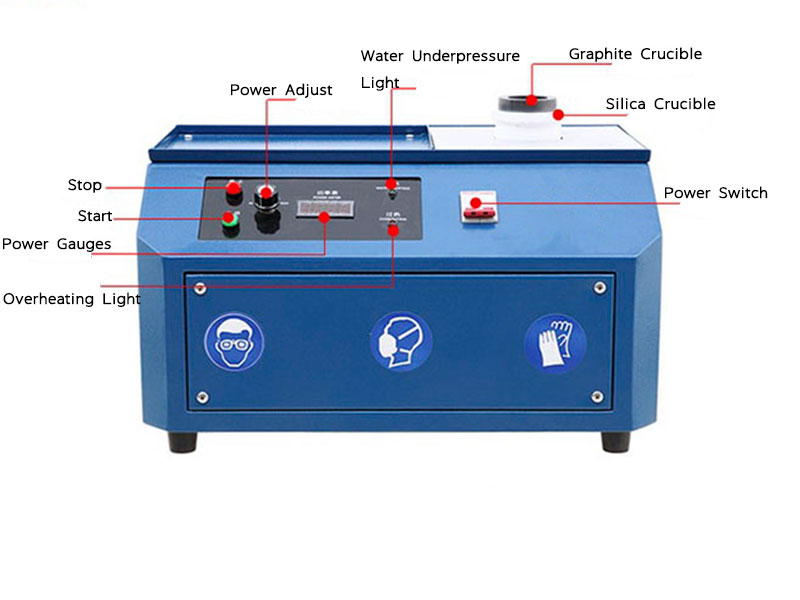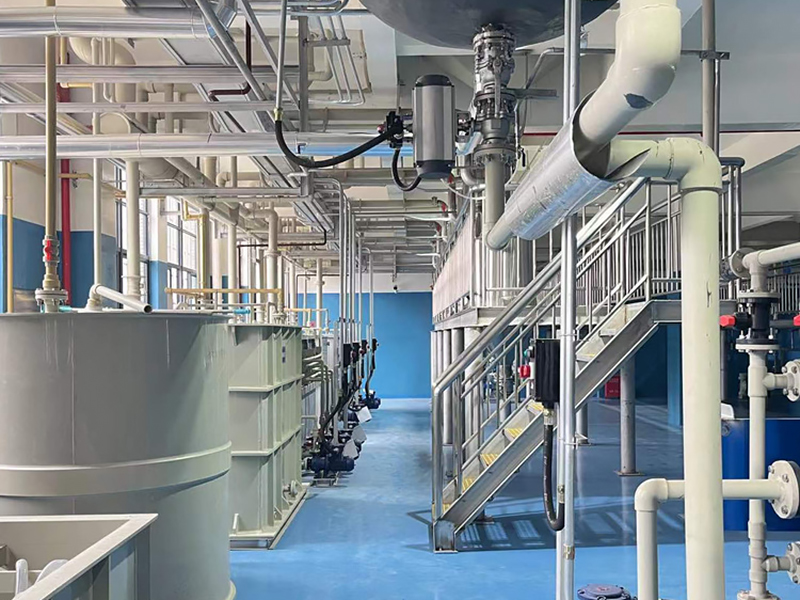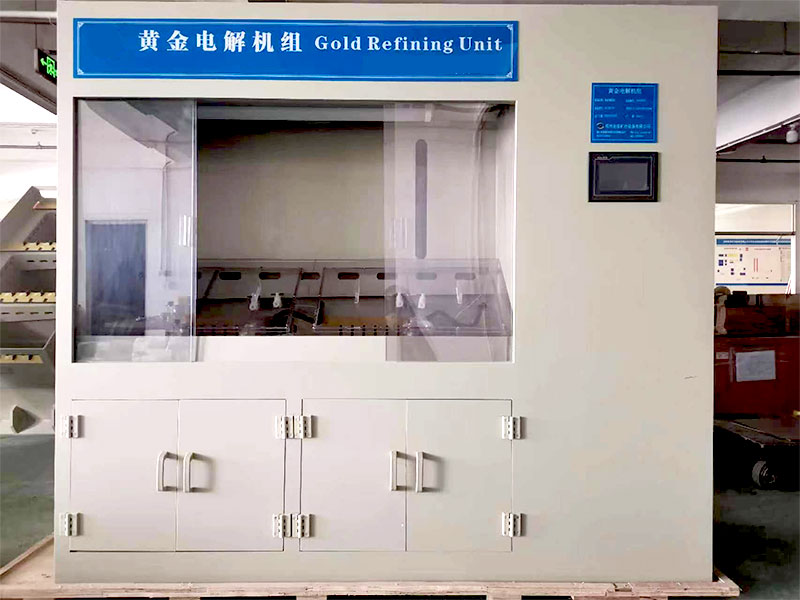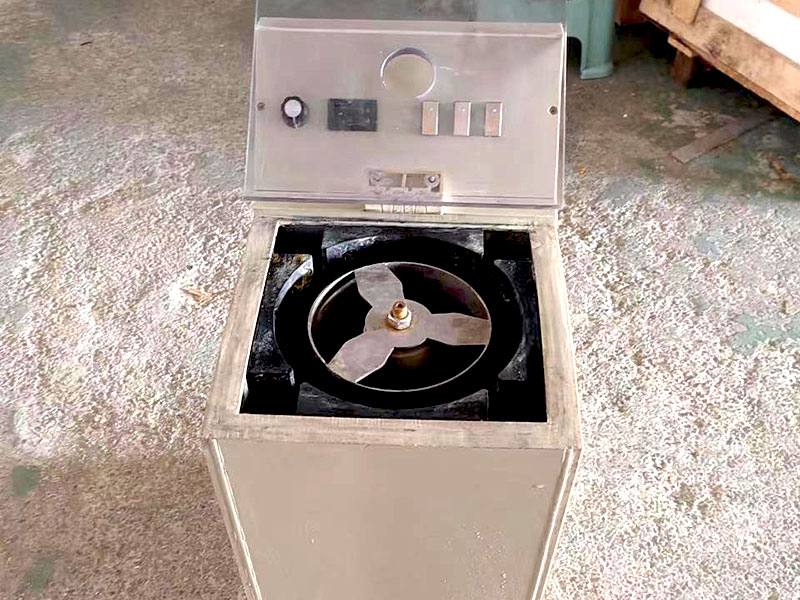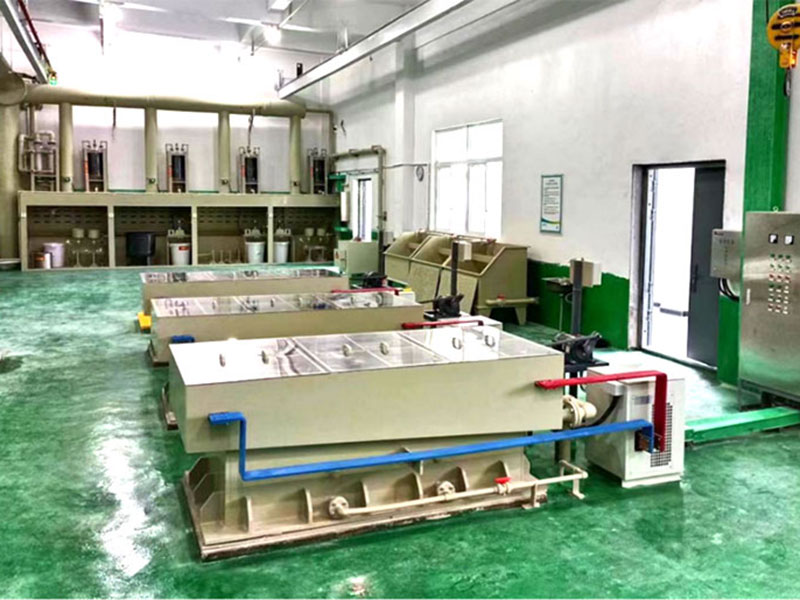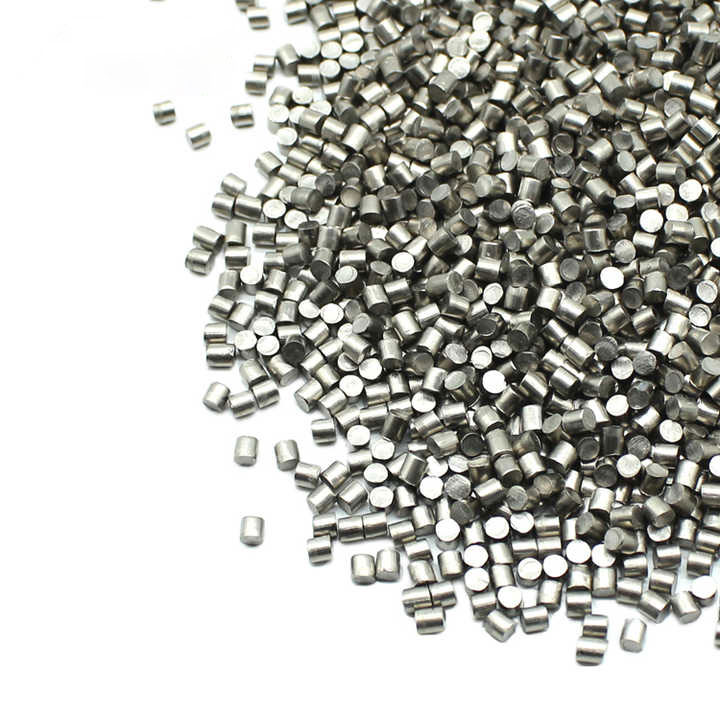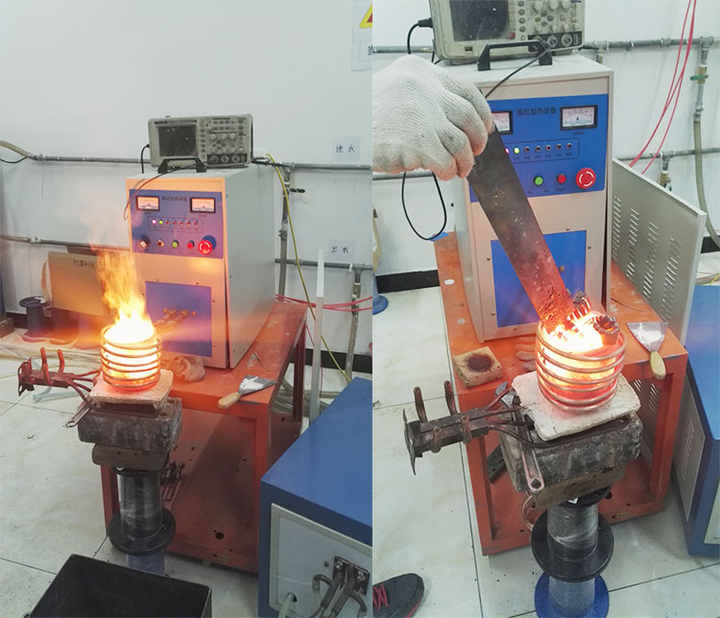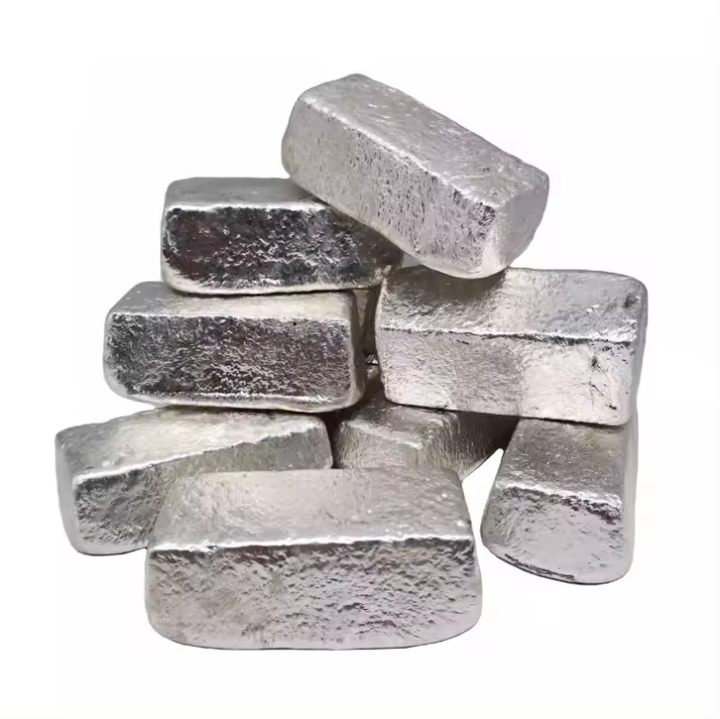electro refining silver process
Electro Refining Silver Process
Electro refining is a process that uses electricity to purify metals, including silver. This method of refining is widely used in industrial settings to achieve high-purity silver from impure sources, such as scrap or mined silver. The electro refining silver process is efficient, precise, and capable of producing silver with a purity of up to 99.99%. In this article, we will explore the basics of the electro refining process, how it works, the equipment required, and the advantages of using this technique.
Understanding the Electro Refining Silver Process
Electro refining works by utilizing the principles of electrolysis, a chemical process driven by electrical currents. In this method, impure silver is used as the anode (the positive electrode), and a pure silver plate is used as the cathode (the negative electrode). The anode is dissolved into a silver nitrate electrolyte solution, where the impurities separate and are left behind as anode slime, while pure silver is deposited onto the cathode.
The process relies on the following components:
- Anode: Made from impure silver that contains contaminants like copper, lead, or gold.
- Cathode: A thin sheet of pure silver where the purified silver will be deposited.
- Electrolyte Solution: Typically silver nitrate mixed with nitric acid, which allows the flow of ions during electrolysis.
- Power Source: A direct current (DC) power supply that drives the electrolysis process.
Step-by-Step Guide to Electro Refining Silver
The electro refining process for silver can be broken down into several key steps:
1. Preparing the Silver Anode
The first step in the process is to prepare the impure silver anode. This can be scrap silver from jewelry, coins, or industrial waste. The silver is melted and cast into small plates or bars, which will act as the anode in the electro refining process.
2. Setting Up the Electrolyte Solution
Next, the electrolyte solution is prepared. Silver nitrate is dissolved in distilled water, and nitric acid is added to create a solution that will facilitate the movement of silver ions during electrolysis. The electrolyte must be carefully maintained to ensure proper conductivity and to avoid contamination.
3. Assembling the Electrolysis Cell
Once the electrolyte solution is ready, the silver anode and the pure silver cathode are placed into the electrolysis cell. The anode is connected to the positive terminal of the power source, while the cathode is connected to the negative terminal. The electrolyte solution surrounds both the anode and the cathode.
4. Starting the Electrolysis Process
When the electrical current is applied, silver atoms from the impure anode begin to dissolve into the electrolyte solution, forming silver ions (Ag+). These ions migrate toward the cathode, where they gain electrons and are deposited as pure silver. Impurities from the anode, such as copper, lead, and gold, either remain in the electrolyte or form a sludge-like material known as anode slime.
- Anode slime: The anode slime often contains valuable by-products like gold, platinum, and palladium, which can be recovered separately after the silver refining process.
5. Harvesting Pure Silver
As the electrolysis process continues, pure silver builds up on the cathode, which can be harvested periodically. The silver is removed from the cathode, washed, and melted down into bars, coins, or other forms. The resulting silver can achieve a purity of 99.9% or higher, making it suitable for industrial applications, jewelry making, and investment purposes.
Equipment Required for Electro Refining Silver
The equipment needed for the electro refining process is relatively simple but must be precise to ensure the process runs efficiently. The key pieces of equipment include:
- Electrolysis Cell: A container that holds the electrolyte solution and the electrodes (anode and cathode).
- Power Supply: A DC power source is used to create the electrical current needed for electrolysis. The voltage must be carefully controlled to ensure proper ion transfer.
- Silver Anode and Cathode: The impure silver anode and the pure silver cathode.
- Electrolyte Solution: Silver nitrate and nitric acid form the electrolyte, which facilitates the movement of silver ions during the process.
Advantages of the Electro Refining Silver Process
There are several key advantages to using the electro refining process for purifying silver:
1. High Purity Levels
Electro refining can produce extremely high-purity silver, with a purity level of 99.99%. This is especially important in industries where high-quality silver is required, such as electronics, medical applications, and fine jewelry.
2. Recovery of Valuable By-Products
The electro refining process not only purifies silver but also allows for the recovery of other precious metals, such as gold and platinum, from the anode slime. This adds value to the refining process, making it more profitable.
3. Environmentally Friendly
Compared to other refining methods, electro refining is a relatively clean process that produces minimal waste. The anode slime, electrolyte solution, and used chemicals can be managed and recycled, reducing environmental impact.
4. Efficient and Cost-Effective
Electro refining is a highly efficient process, capable of refining large quantities of silver in a relatively short time. This method is also cost-effective, as it uses simple equipment and does not require expensive chemicals.
Applications of Refined Silver
The pure silver obtained from electro refining can be used in a variety of applications, including:
- Jewelry and Silverware: High-purity silver is often used in luxury jewelry and high-end silverware.
- Industrial Uses: Silver is a key material in electronics, solar panels, and other industrial products due to its excellent conductivity and resistance to corrosion.
- Investment: Many people invest in pure silver bars or coins as a store of value and a hedge against inflation.
The electro refining silver process is an efficient and precise method for purifying silver from impure sources. By using the principles of electrolysis, this process is capable of producing silver with very high purity levels while also recovering valuable by-products like gold and platinum. Whether for industrial applications, jewelry making, or investment, the electro refining process is a cornerstone in the silver refining industry, offering both efficiency and environmental benefits.

